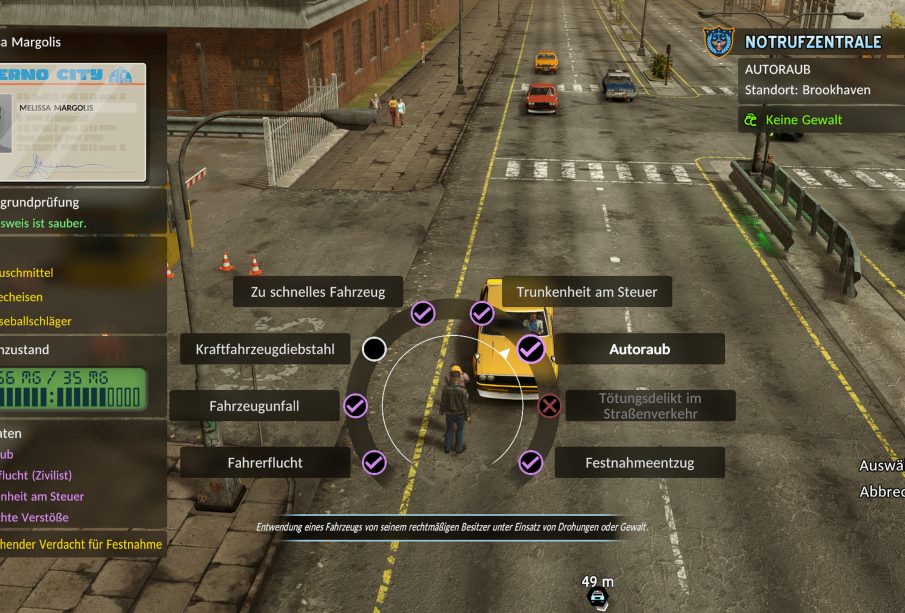Exploring The Precinct: A Dynamic Centre for Innovation

Introduction
The concept of ‘The Precinct’ is increasingly recognized as a vital component of urban development, aiming to foster innovation, collaboration, and community engagement. With the rapid changes in technology and the growing emphasis on sustainability, understanding the role of such hubs is essential for shaping the future of cities across Canada. The Precinct serves as a blueprint for integrating workspaces with residential areas, enhancing community interactions, and driving economic growth.
The Impact of The Precinct
In recent years, various cities in Canada, including Toronto and Vancouver, have adopted the precinct model to promote innovation and create vibrant urban communities. These areas are designed to support various sectors—technology, arts, education, and business—facilitating a supportive environment where creativity can flourish.
- Innovation Ecosystems: The Precincts are designed to harness the synergy between different industries. For instance, in Toronto’s Discovery District, research institutions are interspersed with tech startups and arts organizations, fostering collaborations and spurring new ideas.
- Sustainable Development: Many precincts focus on sustainability, emphasizing green building practices, urban gardens, and accessible public spaces. The Eastside Cultural Crawl in Vancouver is a great example of integrating the arts within a green framework.
- Community Engagement: Precincts encourage participation from local residents and businesses, creating a sense of ownership and pride. Programs and events are regularly organized to strengthen community ties, from art exhibits to farmers’ markets.
Ongoing Developments and Challenges
As more cities embrace the Precinct model, challenges remain. Balancing commercial interests with the needs of the community is critical, as increasing development can sometimes lead to displacement. Stakeholders must focus on inclusive policies ensuring all community voices are heard.
In addition, with the rise of remote work, there is a growing need to adapt the precinct model to support flexibility in use and design. Developers and city planners are now considering how to integrate workspaces that accommodate the hybrid working model into future precinct plans.
Conclusion
The Precinct represents a forward-thinking approach to urban development, with the potential to reshape our cities into more connected and innovative spaces. As cities across Canada look to the future, the success of The Precinct model will depend on inclusivity, sustainability, and adaptability to ever-changing community needs. Embracing this model could reinforce economic growth while enhancing the quality of life for residents, making The Precinct not just a concept, but a necessary vision for the urban landscape.









